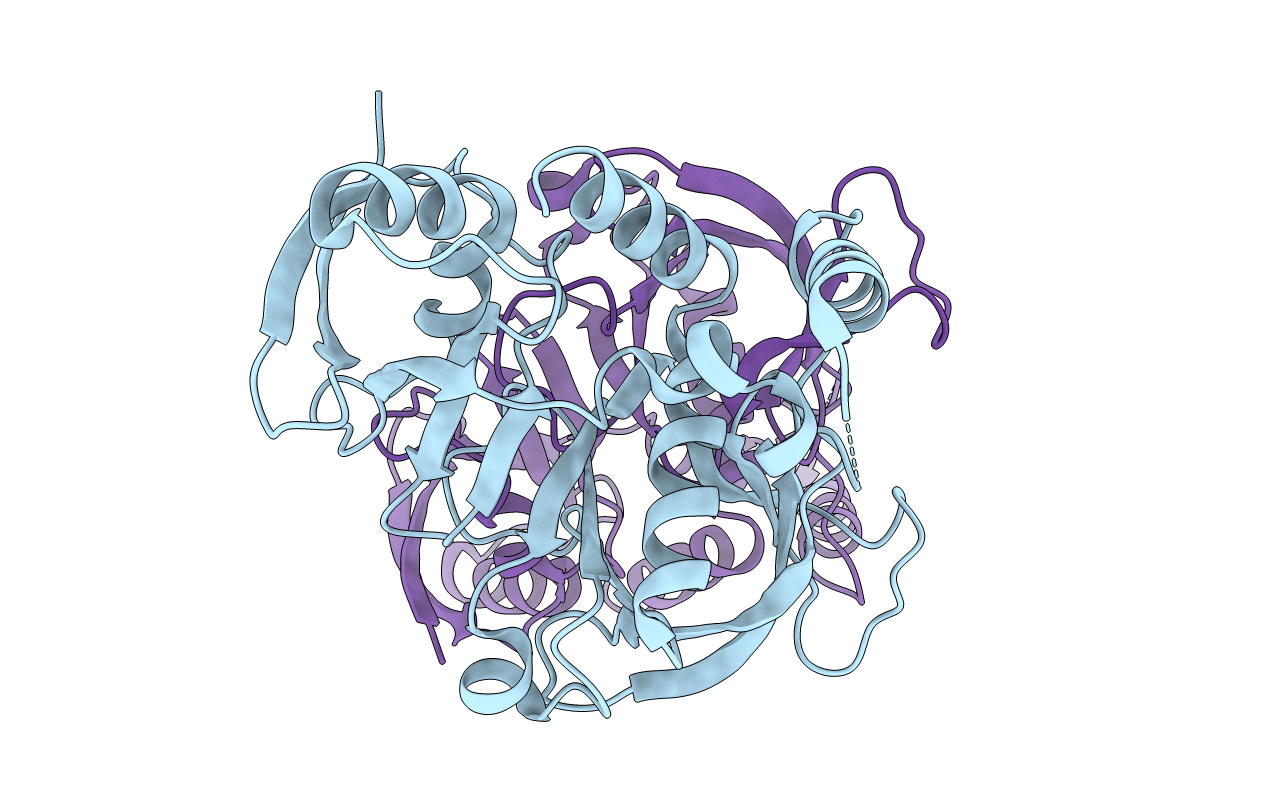
Deposition Date
2011-08-08
Release Date
2012-09-26
Last Version Date
2023-09-13
Entry Detail
PDB ID:
3TCA
Keywords:
Title:
Crystal structure of the Ras-associating and pleckstrin-homology domains of RIAM
Biological Source:
Source Organism:
Mus musculus (Taxon ID: 10090)
Host Organism:
Method Details:
Experimental Method:
Resolution:
2.35 Å
R-Value Free:
0.28
R-Value Work:
0.23
R-Value Observed:
0.23
Space Group:
P 1 21 1


